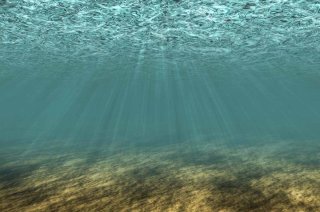
Project
eDNA zooplankton
The biodiversity of zooplankton has been underexposed in Dutch monitoring programs for years. However, animal plankton (zooplankton) plays a key role in marine and larger fresh waters in the transmission of primary production (phytoplankton) to fish and higher trophic levels (fish-eating birds, seals). Knowledge about zooplankton is therefore important in the development and assessment of effective measures in relation to nature-inclusive activities, such as aquaculture, fishing (fish and shellfish) and nature development. Recently, new measurement methods have been and are being developed that can be used in new measurement and analysis programs to be developed. These methodologies need to be improved and simultaneous development offers the opportunity to compare their opportunities, limitations, advantages and disadvantages.
The biodiversity of zooplankton in Dutch large water bodies such as the Wadden Sea and lakes in the IJsselmeer region is not monitored, while the zooplankton is a very important component in the healthy functioning of aquatic ecosystems. Within WUR, various measurement methods are being tailored to be made applicable for cost-effective monitoring of zooplankton. Examples include the application of hydroacoustics, image analysis and eDNA techniques. These new techniques are further developed, tested and assessed for applicability here.
The aim of the project is to develop knowledge for biodiversity monitoring of zooplankton in the Wadden Sea and large fresh water bodies. In addition, the knowledge can be applied to other waters (Deltas, seas, lakes) and other groups of organisms (eg phytotoxin-producing algae, fish).
The measurement and analysis program to be developed can be applied to assess effective measures in relation to nature-inclusive activities, such as aquaculture, fishing (fish and shellfish) and nature development.